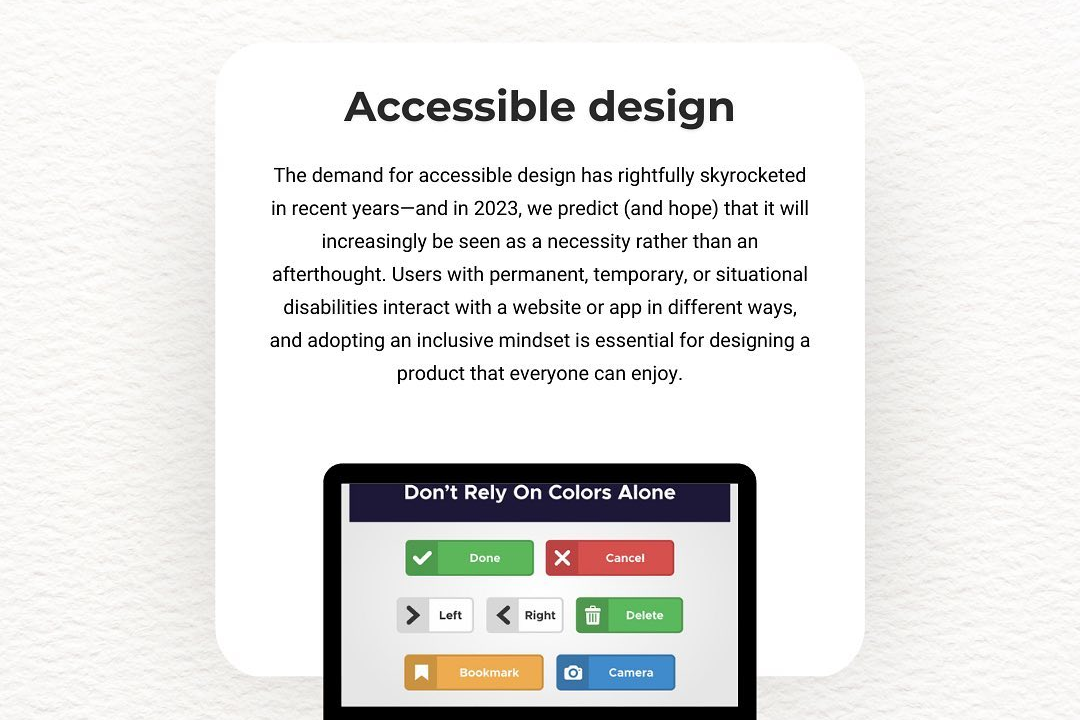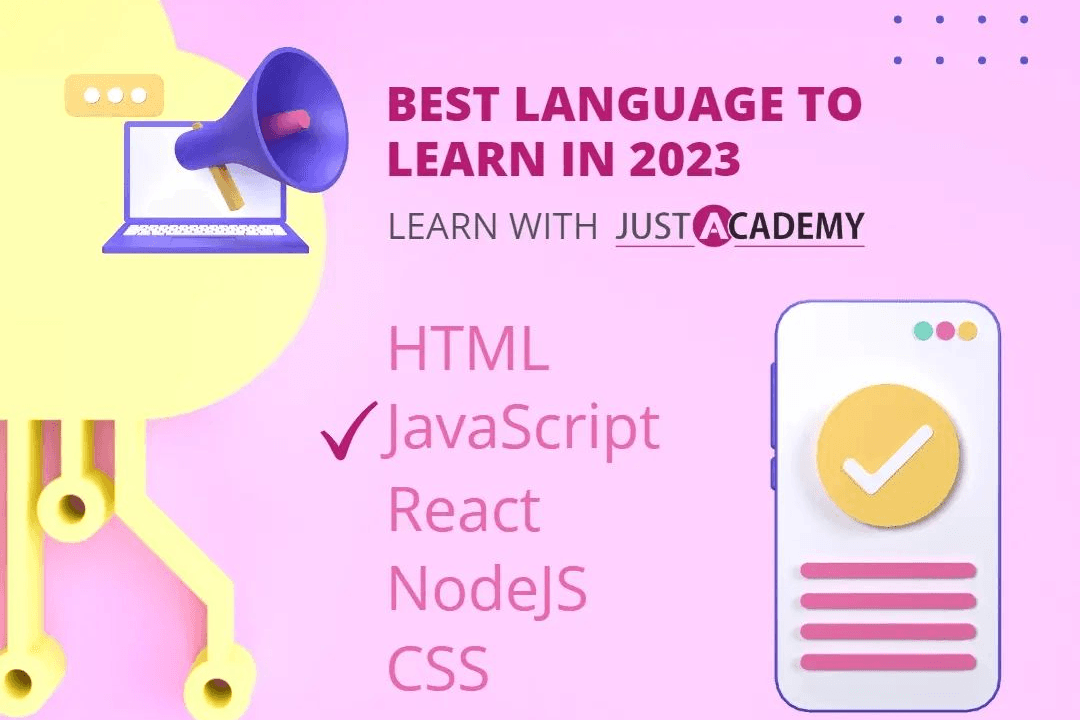Exercise Program in PHP
Our PHP exercise program at JustAcademy is designed to provide practical, real-world coding practice
Exercise Program in PHP
Our PHP exercise program at JustAcademy offers learners the opportunity to apply their theoretical knowledge through practical coding challenges and real-world projects. This hands-on approach helps to solidify understanding, improve problem-solving skills, and build confidence in developing dynamic web applications. Engaging with exercises regularly prepares participants for industry demands, enhances their coding efficiency, and accelerates their pathway to becoming proficient PHP developers, all while earning a valuable certification to showcase their skills.
To Download Our Brochure: https://www.justacademy.co/download-brochure-for-free
Message us for more information: +91 9987184296
Our PHP exercise program at JustAcademy offers learners the opportunity to apply their theoretical knowledge through practical coding challenges and real world projects. This hands on approach helps to solidify understanding, improve problem solving skills, and build confidence in developing dynamic web applications. Engaging with exercises regularly prepares participants for industry demands, enhances their coding efficiency, and accelerates their pathway to becoming proficient PHP developers, all while earning a valuable certification to showcase their skills.
Course Overview
The “Exercise Program in PHP” at JustAcademy provides learners with practical coding challenges and real-world projects to strengthen their PHP skills, boost problem-solving abilities, and build a strong foundation for dynamic web development.
Course Description
The “Exercise Program in PHP” course offers hands-on coding exercises and real-world projects to enhance your PHP skills, improve problem-solving, and build a solid foundation for dynamic web development.
Key Features
1 - Comprehensive Tool Coverage: Provides hands-on training with a range of industry-standard testing tools, including Selenium, JIRA, LoadRunner, and TestRail.
2) Practical Exercises: Features real-world exercises and case studies to apply tools in various testing scenarios.
3) Interactive Learning: Includes interactive sessions with industry experts for personalized feedback and guidance.
4) Detailed Tutorials: Offers extensive tutorials and documentation on tool functionalities and best practices.
5) Advanced Techniques: Covers both fundamental and advanced techniques for using testing tools effectively.
6) Data Visualization: Integrates tools for visualizing test metrics and results, enhancing data interpretation and decision-making.
7) Tool Integration: Teaches how to integrate testing tools into the software development lifecycle for streamlined workflows.
8) Project-Based Learning: Focuses on project-based learning to build practical skills and create a portfolio of completed tasks.
9) Career Support: Provides resources and support for applying learned skills to real-world job scenarios, including resume building and interview preparation.
10) Up-to-Date Content: Ensures that course materials reflect the latest industry standards and tool updates.
Benefits of taking our course
Functional Tools
1 - PHP Integrated Development Environment (IDE) like Visual Studio Code or PhpStorm is a vital tool for students. These IDEs provide a user friendly interface with features such as syntax highlighting, code completion, debugging support, and version control integration, which streamline the coding process. They help students write clean, organized code efficiently and identify errors faster, significantly boosting their learning curve. The IDEs also support extensions and plugins tailored for PHP development, allowing customization for individual workflows. Training students to utilize these tools prepares them for real world development environments, making their coding experience more productive and less frustrating.
2) XAMPP or WAMP Server are popular local server environments used in the course to simulate a web hosting environment on students’ computers. These tools package Apache, MySQL, PHP, and other necessary components into one easy to install bundle. Students learn how to set up, configure, and troubleshoot local servers, which is essential for running PHP applications during development. Simulating live server conditions helps them understand server side scripting, database connectivity, and web application deployment. Familiarity with these tools prepares students for managing server environments and deploying their projects successfully.
3) Version control tools like Git and GitHub are fundamental components in the training program. Git allows students to track changes in their codebase, collaborate with peers, and revert to previous versions if needed. GitHub serves as a cloud based repository where students can host their projects, showcase their work, and receive feedback from instructors and peers. Learning to use these tools promotes good development practices, enhances collaboration skills, and prepares students for professional software development workflows. In the course, hands on exercises focus on creating repositories, making commits, branching, merging, and resolving conflicts.
4) Database management tools such as phpMyAdmin are included to teach students how to manage MySQL databases effectively. PhpMyAdmin offers a web based interface that simplifies database creation, table management, query execution, and data insertion. Training involves connecting PHP applications with databases to perform CRUD operations (Create, Read, Update, Delete), an essential aspect of dynamic web development. Familiarity with database tools enables students to design efficient data structures and optimize queries for performance, preparing them for full stack development roles.
5) Online coding platforms like CodePen or JSFiddle are sometimes incorporated for testing snippets of PHP or related front end code quickly. These platforms facilitate rapid prototyping without complex setup, allowing students to experiment with code snippets and see results instantly. They also support collaborative coding, where students can review each other's work and learn various coding techniques. Using such platforms develops confidence in testing and troubleshooting code and encourages creative experimentation with different coding approaches.
6) Debugging and profiling tools such as Xdebug are integral to the course for teaching students how to identify and fix issues efficiently. Xdebug integrates with IDEs to provide step by step debugging, variable inspection, and performance analysis. Through guided exercises, students learn troubleshooting techniques, analyze bottlenecks, and optimize their code. Mastering debugging tools enhances problem solving skills, reduces development time, and ensures higher code quality essential for professional projects.
7) Code versioning and project management tools like Trello or Jira are occasionally used to help students organize their project workflows. These tools enable task assignment, progress tracking, and collaboration, mirroring real world Agile or Scrum methodologies. Learning to break down projects into manageable tasks and monitor progress builds essential project management skills. They also promote accountability and effective teamwork, critical in collaborative development environments.
8) Containerization tools like Docker, if introduced, allow students to understand creating consistent development environments. Docker provides isolated containers for applications, ensuring that code runs seamlessly across different systems without conflicting with other software. This knowledge is crucial for deploying applications in varied environments, ensuring reproducibility, and managing dependencies. Familiarity with containerization prepares students for modern cloud based deployment practices and DevOps workflows.
9) Front end development tools such as Bootstrap or jQuery are incorporated to teach how PHP integrates with client side technologies. These frameworks and libraries simplify responsive design, dynamic content management, and user interface development. Combining PHP with front end tools equips students to build complete, user friendly web applications, enhancing their full stack development capabilities. Practical exercises include designing UI components that interact with PHP scripts for real time data display.
10) Cloud hosting services like AWS, Azure, or shared hosting providers are introduced for deploying and managing PHP projects in live environments. Students learn how to upload their applications, configure domain settings, and set up databases in the cloud. Understanding deployment processes in cloud environments prepares students for scalable, production ready applications. It also familiarizes them with concepts such as server management, security, and uptime monitoring, crucial for professional web development projects.
11 - Automation tools like Composer are essential for modern PHP development. Composer manages project dependencies, libraries, and packages efficiently, allowing students to implement third party tools seamlessly. Training on Composer enables students to automate repetitive tasks, manage updates, and ensure their projects are up to date with the latest libraries. This skill is vital in real world development, where dependency management is critical for project stability and security.
12) Unit testing frameworks such as PHPUnit are incorporated to teach students the importance of writing reliable and maintainable code. By creating automated test cases, students learn to verify their code’s correctness, catch bugs early, and facilitate refactoring. Emphasizing test driven development (TDD) fosters disciplined coding habits, improves code quality, and prepares students to deliver robust software solutions in professional environments.
13) Security tools and best practices are covered to ensure students understand how to protect their PHP applications. This includes teaching data sanitization, preventing SQL injection, cross site scripting (XSS), and implementing authentication and authorization mechanisms. Training integrates tools like OWASP ZAP for vulnerability scanning and best practices for secure coding. Building security awareness at the coding stage reduces vulnerabilities and prepares students to develop safe applications.
14) API integration and development practices are a key part of the curriculum. Students learn how to create RESTful APIs using PHP and connect external services for functionalities like payment gateways, social media, or data feeds. This knowledge enhances their ability to build scalable, interoperable applications and understand modern API standards such as JSON and XML data formats.
15) Continuous Integration and Continuous Deployment (CI/CD) pipelines using tools like Jenkins or GitHub Actions are introduced to automate testing, building, and deployment processes. This familiarity enables students to deliver updates rapidly and reliably, mimicking real world DevOps practices. Practical exercises demonstrate how automated workflows improve project stability and reduce manual errors.
16) Performance optimization techniques are covered to help students improve their PHP applications. Topics include code profiling, database query optimization, caching strategies with tools like Redis or Memcached, and efficiently handling large data sets. These skills ensure students can develop applications that perform well under load and provide a smooth user experience.
17) Cross browser compatibility and responsive design principles are integrated for front end aspects of PHP projects. Students learn to create interfaces that function seamlessly across devices and browsers using media queries, flexible layouts, and testing tools. This comprehensive approach ensures end to end development experience that prioritizes user accessibility and engagement.
18) Knowledge of content management systems (CMS) like WordPress or Drupal, including plugin development, is offered to expand students' capabilities in building customizable websites quickly and efficiently. These platforms serve as real world applications of PHP in the CMS ecosystem, providing practical skills for freelancing or enterprise web development projects.
19) Accessibility standards and usability testing are emphasized to ensure applications are inclusive and provide a positive user experience for all users, including those with disabilities. Training includes using tools like WAVE or Google Lighthouse and applying best practices in UI/UX design, fostering development of user centered web applications.
20) Collaboration and communication tools such as Slack or Microsoft Teams are used to simulate professional work environments. Students practice effective communication, teamwork, and version control workflows within these platforms, gaining experience necessary for multi disciplinary project management in the tech industry.
Browse our course links : https://www.justacademy.co/all-courses
To Join our FREE DEMO Session: Click Here
This information is sourced from JustAcademy
Contact Info:
Roshan Chaturvedi
Message us on Whatsapp:
Email id: info@justacademy.co












